Understanding the Critical Balance: Sound Fidelity vs Ergonomic Design
Musicians face an eternal conundrum when selecting in-ear monitors: prioritizing pristine acoustic reproduction or extended-wear comfort. This dichotomy becomes particularly pronounced during marathon recording sessions or multi-hour live performances where both factors significantly impact professional output.
The audiophile's pursuit of crystalline sound reproduction often conflicts with ergonomic necessities. High-end transducers typically require larger driver housings, potentially compromising comfort during extended use. Conversely, ultra-lightweight designs may sacrifice acoustic precision for wearability.
Acoustic Transparency and Driver Configuration
Professional-grade in-ear monitors employ various driver configurations to achieve optimal sound quality. Balanced armature drivers excel in frequency separation and detail retrieval, while dynamic drivers provide superior low-frequency extension and natural timbre reproduction.
"The pursuit of sonic accuracy should never compromise the musician's ability to perform comfortably for extended periods."
Multi-driver configurations offer enhanced frequency response but increase overall unit mass. This trade-off directly impacts comfort metrics, particularly during prolonged usage scenarios common in professional environments.
Ergonomic Considerations for Professional Musicians
Anatomical compatibility remains paramount for musicians requiring extended monitoring periods. The auricular concha's unique geometry varies significantly among individuals, necessitating careful consideration of housing dimensions and insertion depth.
Material Selection and Biocompatibility
Medical-grade silicone and thermoplastic materials provide optimal biocompatibility while maintaining structural integrity. These materials resist perspiration-induced degradation common during intensive performance situations.
Custom-molded ear tips offer superior comfort and acoustic isolation compared to universal designs. However, they require additional investment and may not accommodate different ear tip preferences across various performance contexts.
Weight Distribution and Cable Management
Proper weight distribution prevents auricular fatigue during extended monitoring sessions. Over-ear cable routing reduces microphonic noise while distributing mechanical stress away from the ear canal entrance.
Professional Solution: EDX Pro X Wired Earphones
The EDX Pro X Wired Earphones represent an exceptional balance between audiophile-grade sound reproduction and extended-wear comfort for professional musicians. These HiFi stereo earbuds feature precisely tuned drivers that deliver rich bass response without sacrificing midrange clarity or treble definition.
Designed specifically for active use, these in-ear monitors incorporate lightweight construction with secure fit characteristics essential for stage performance. The absence of an integrated microphone eliminates unnecessary bulk while maintaining focus on pure audio reproduction quality.
Musicians requiring reliable monitoring solutions will appreciate the EDX Pro X's robust construction and consistent acoustic performance across various musical genres and performance environments.
Frequency Response Characteristics
Professional musicians require flat frequency response curves for accurate mix translation. Consumer-oriented earphones often emphasize bass frequencies, creating misleading representations of actual musical content.
| Frequency Range | Professional Requirement | Common Issues |
|---|---|---|
| 20-200 Hz | Linear bass response | Excessive emphasis |
| 200-2000 Hz | Neutral midrange | Frequency masking |
| 2000-20000 Hz | Extended treble | Harsh resonances |
Impedance Matching and Power Requirements
Lower impedance designs (typically 16-32 ohms) ensure compatibility with portable devices while maintaining adequate power efficiency. Higher impedance variants may require dedicated amplification but often provide superior dynamic range and reduced distortion characteristics.
Practical Selection Criteria
Musicians should evaluate several key parameters when balancing sound quality against comfort requirements:
- Driver diameter and configuration complexity
- Housing material and surface finishing
- Cable flexibility and strain relief design
- Ear tip variety and customization options
- Frequency response linearity across the audible spectrum
Environmental Considerations
Stage environments present unique challenges including ambient noise, temperature fluctuations, and physical movement requirements. Noise isolation capabilities become crucial for maintaining consistent monitoring levels without excessive volume requirements that could damage hearing over time.
Moisture resistance protects against perspiration and humidity commonly encountered during live performances. IPX4 ratings provide adequate protection for most musical applications without compromising acoustic performance.
The optimal in-ear monitor solution successfully harmonizes acoustic precision with ergonomic excellence, enabling musicians to focus entirely on their creative expression rather than equipment limitations.

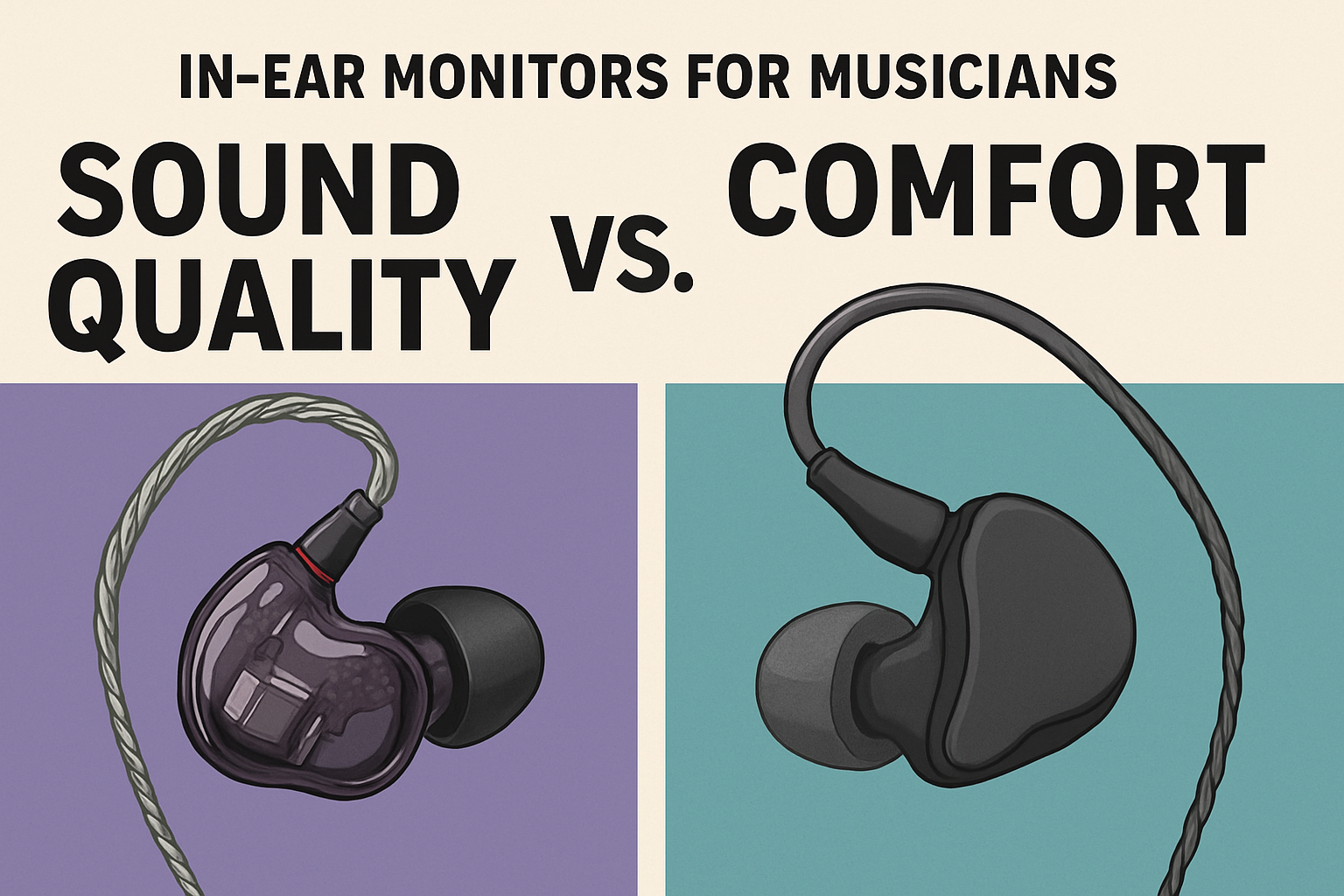

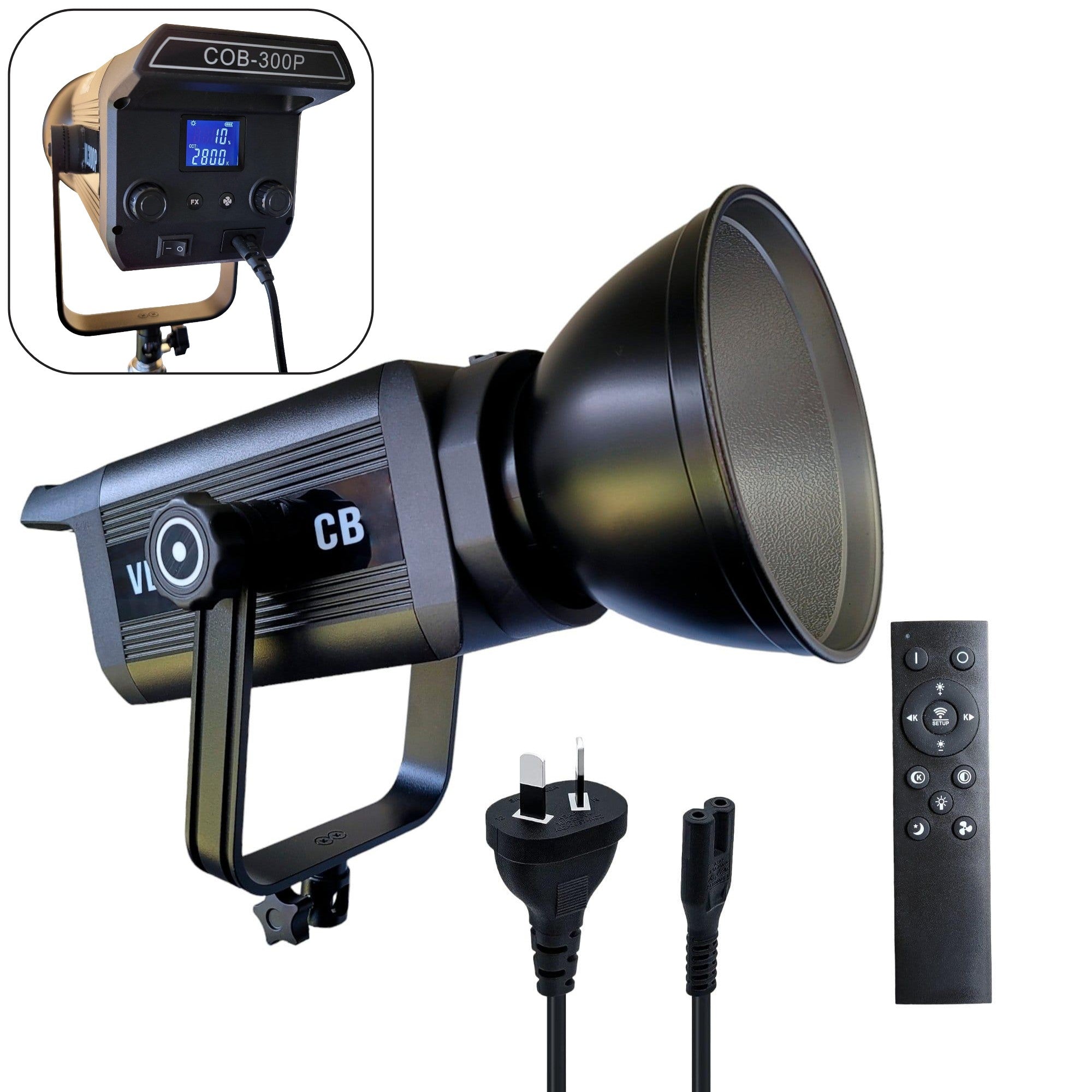
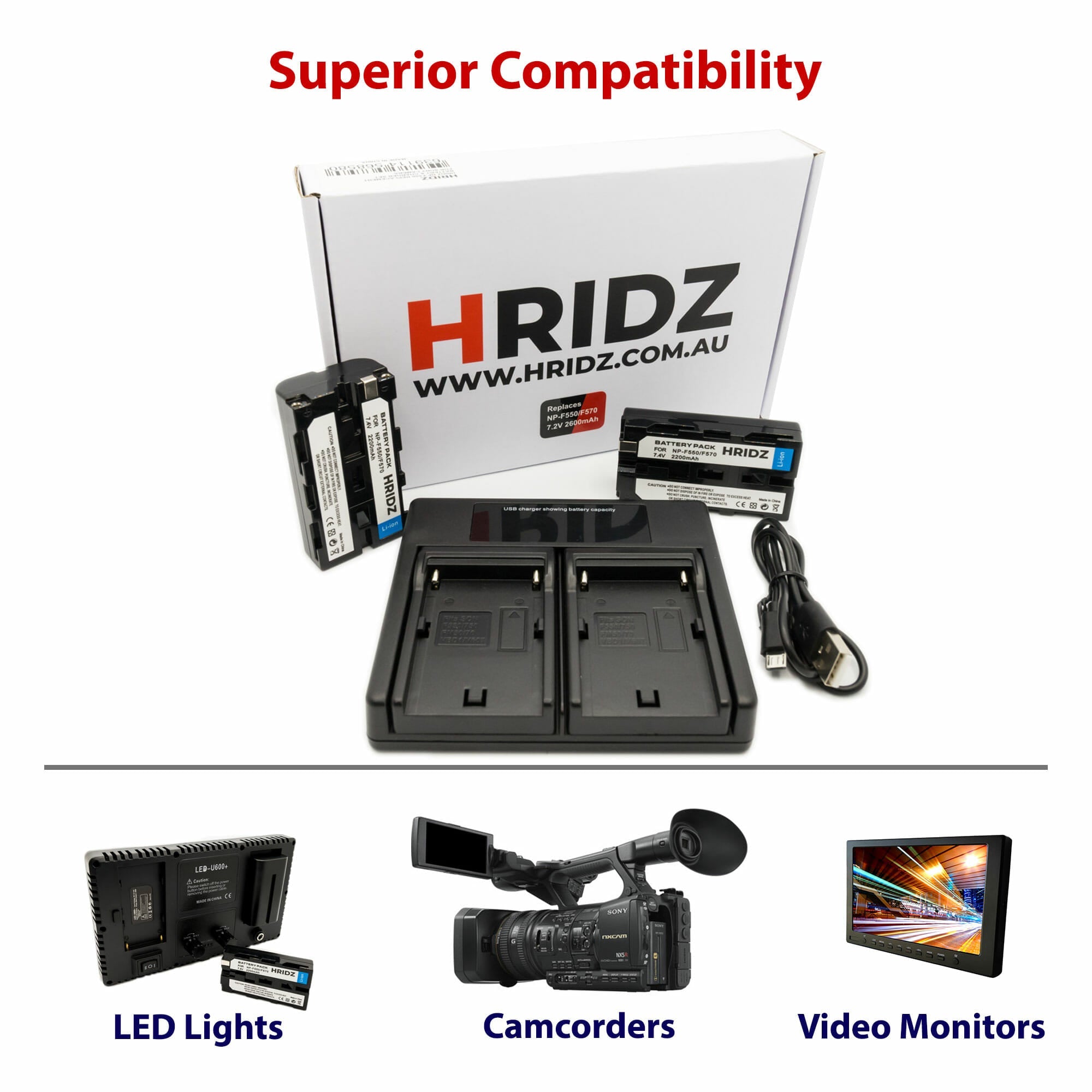


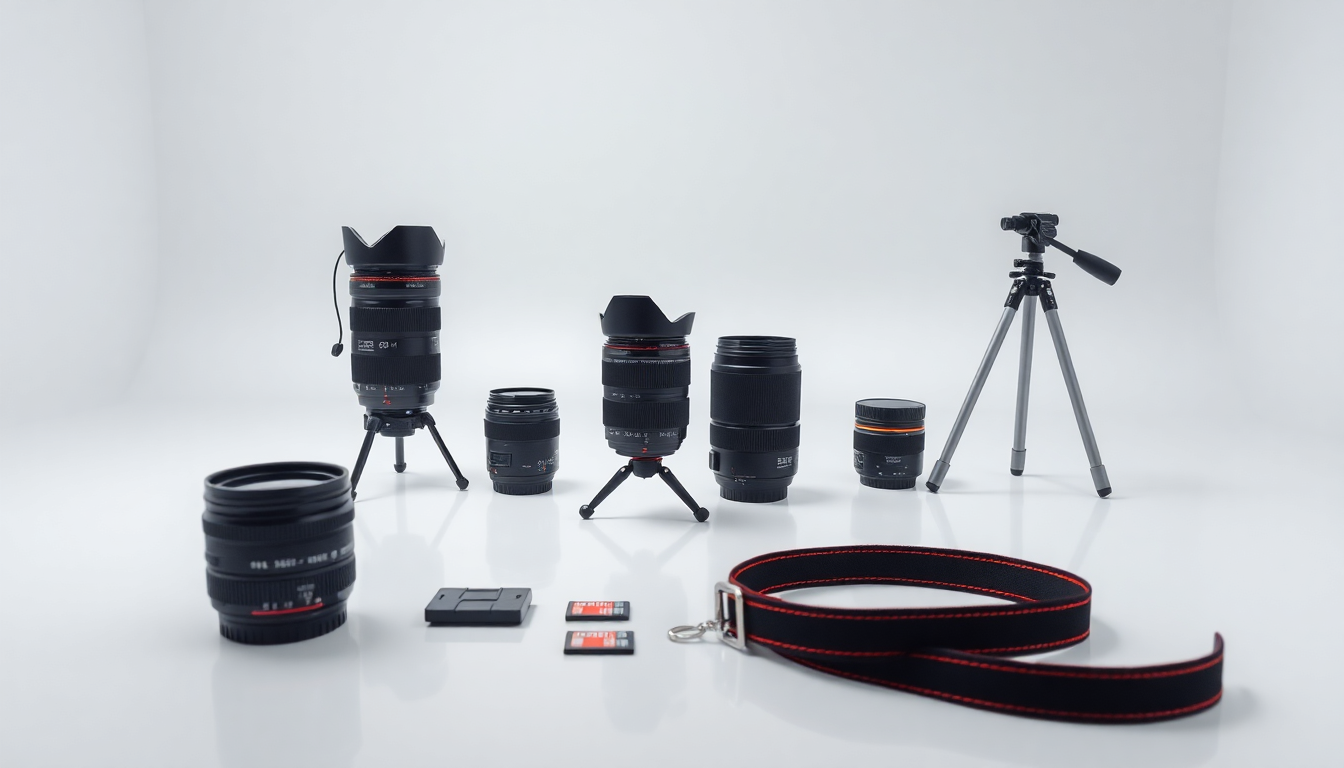
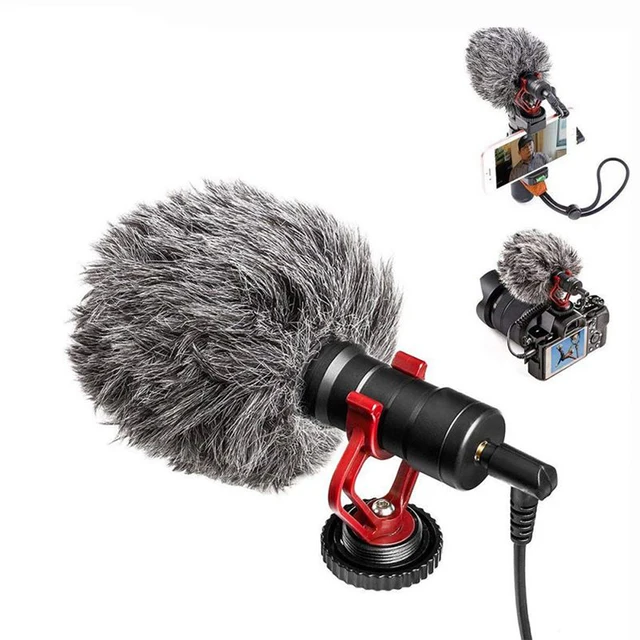
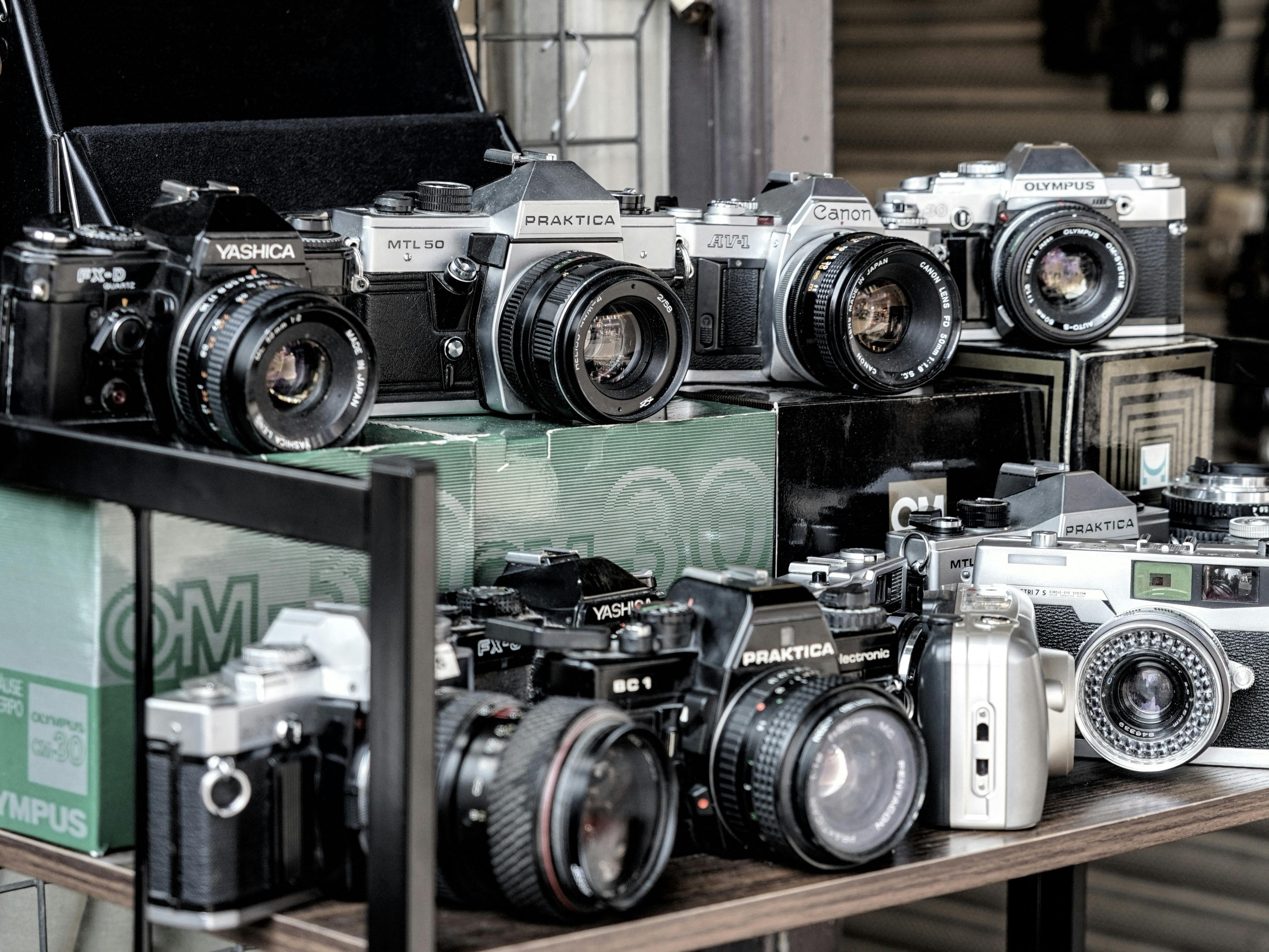

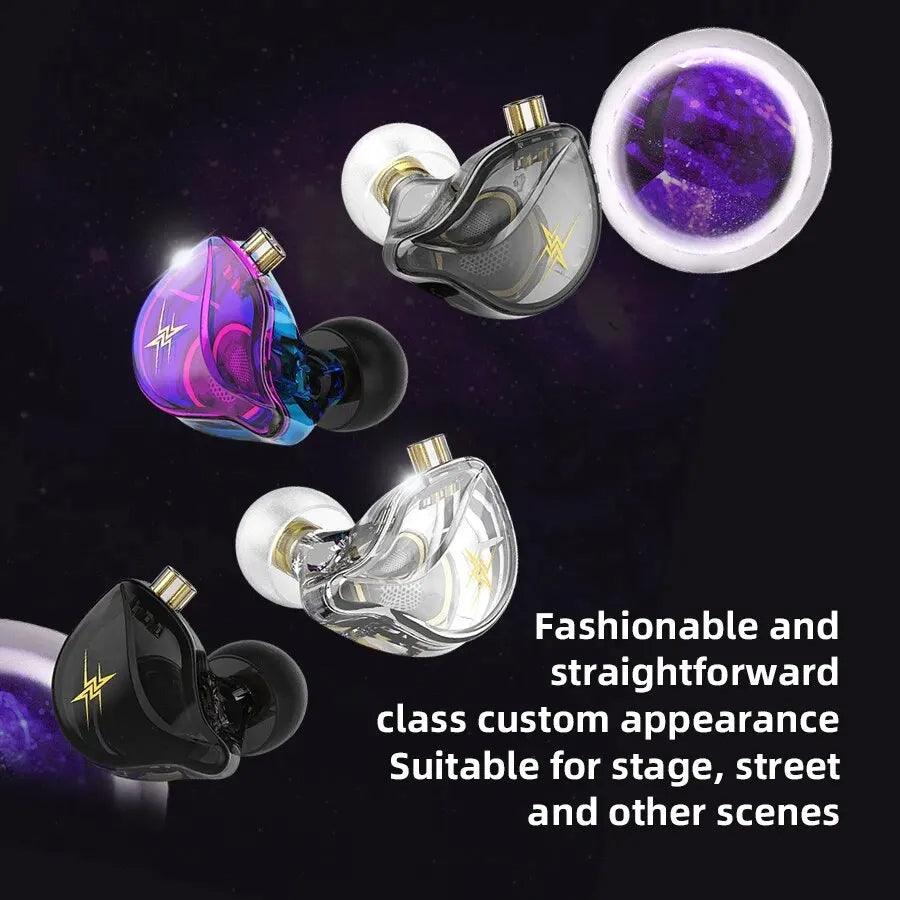
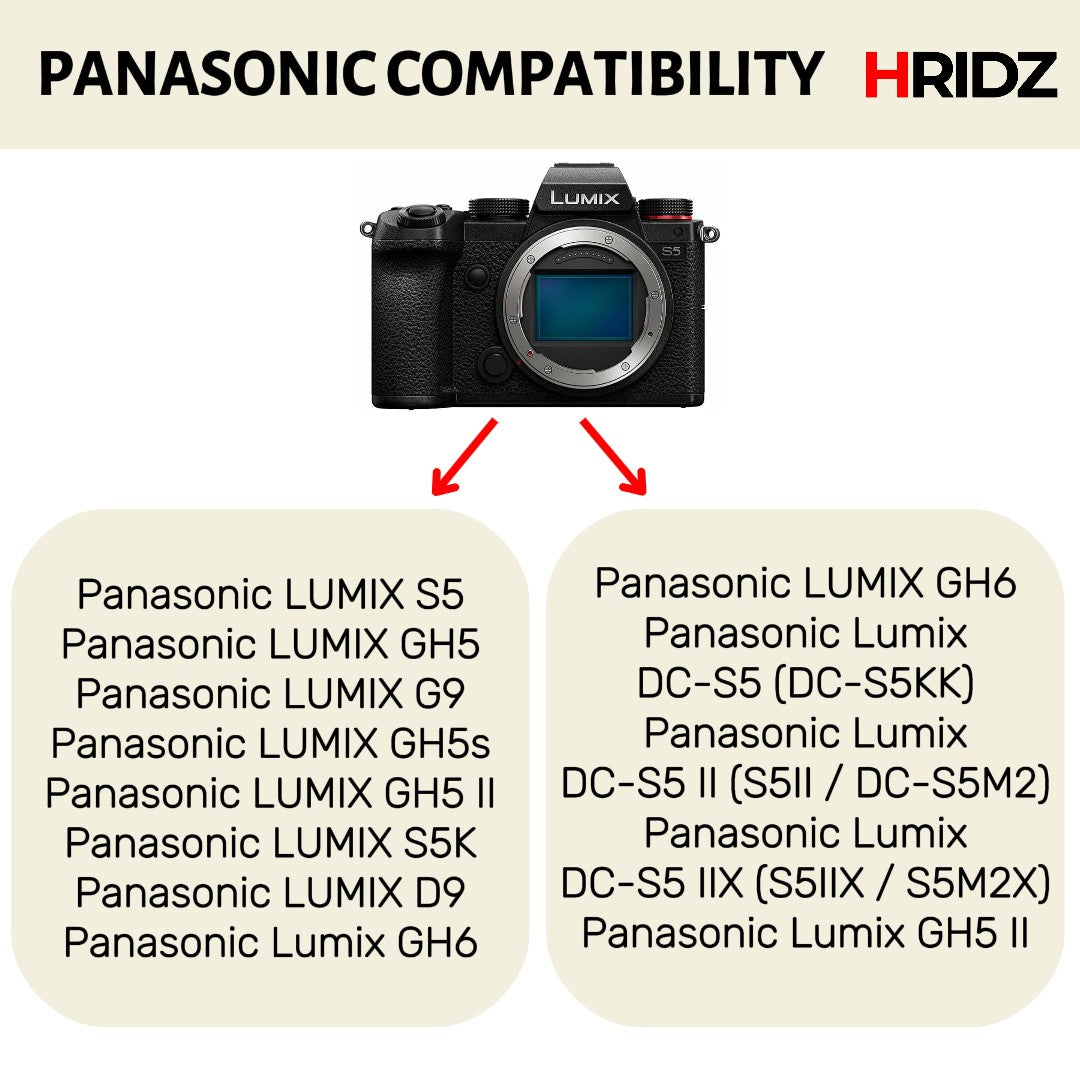

Share:
Photography Light Stand Safety: Preventing Equipment Damage